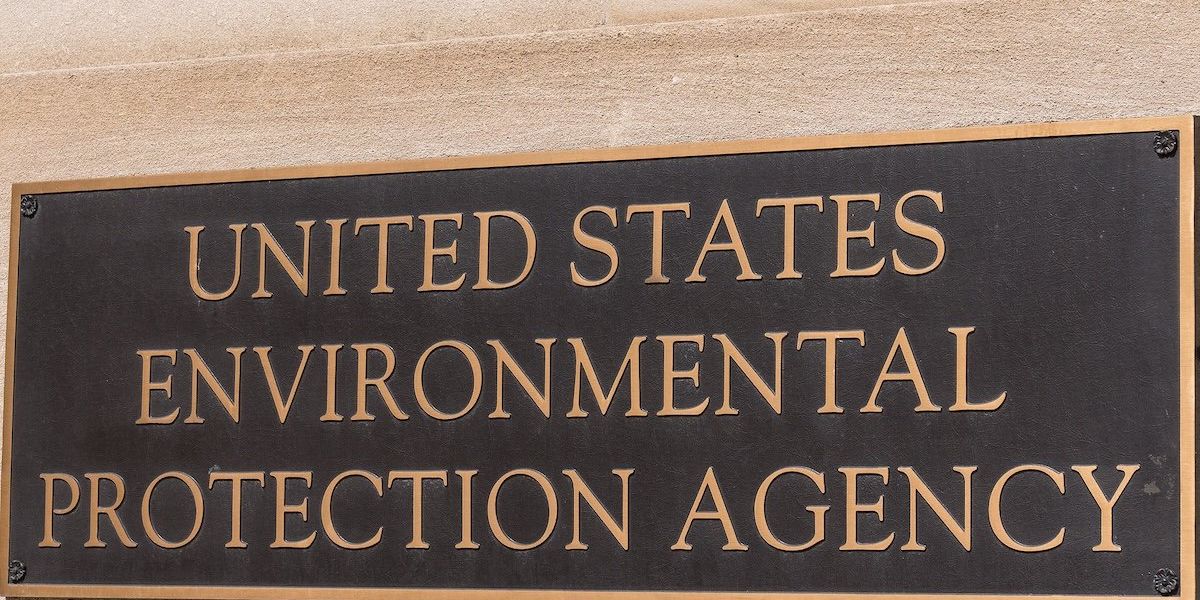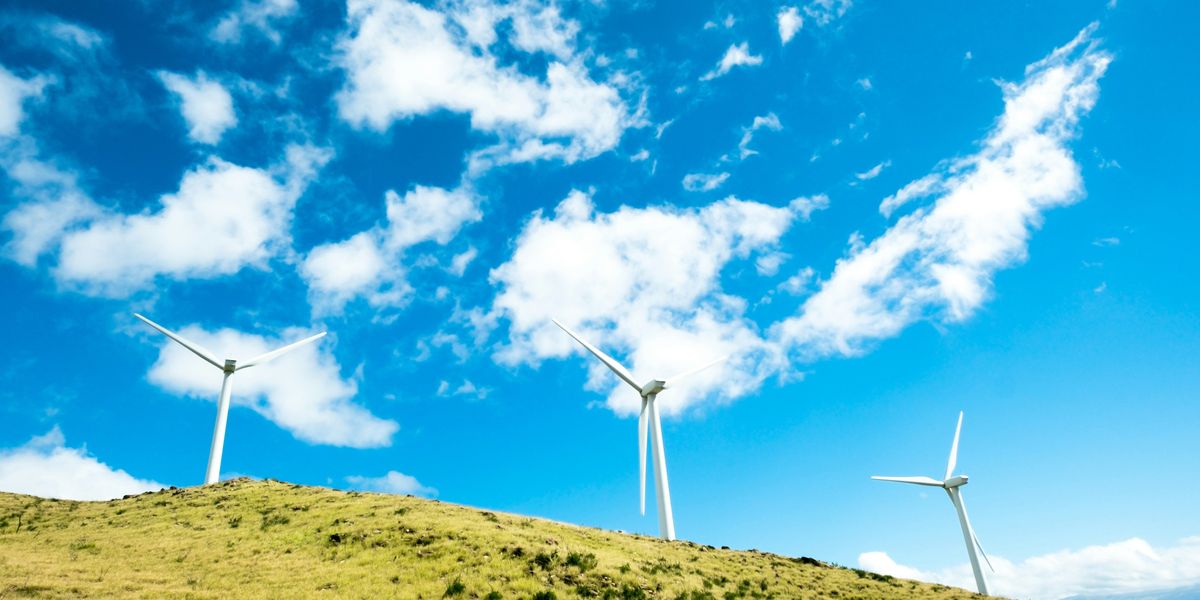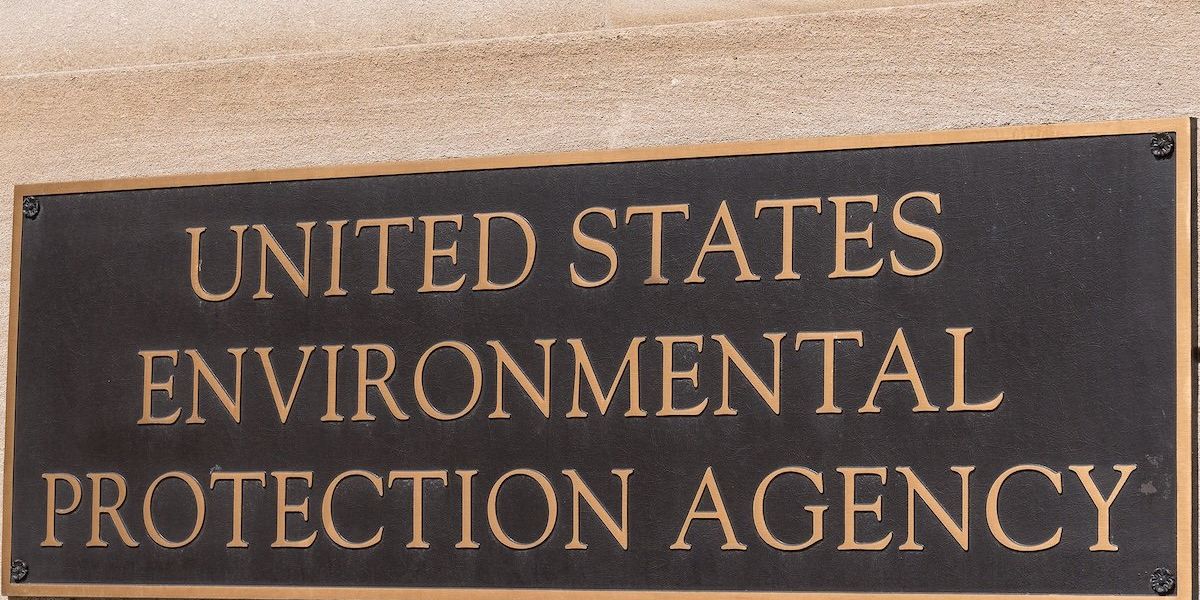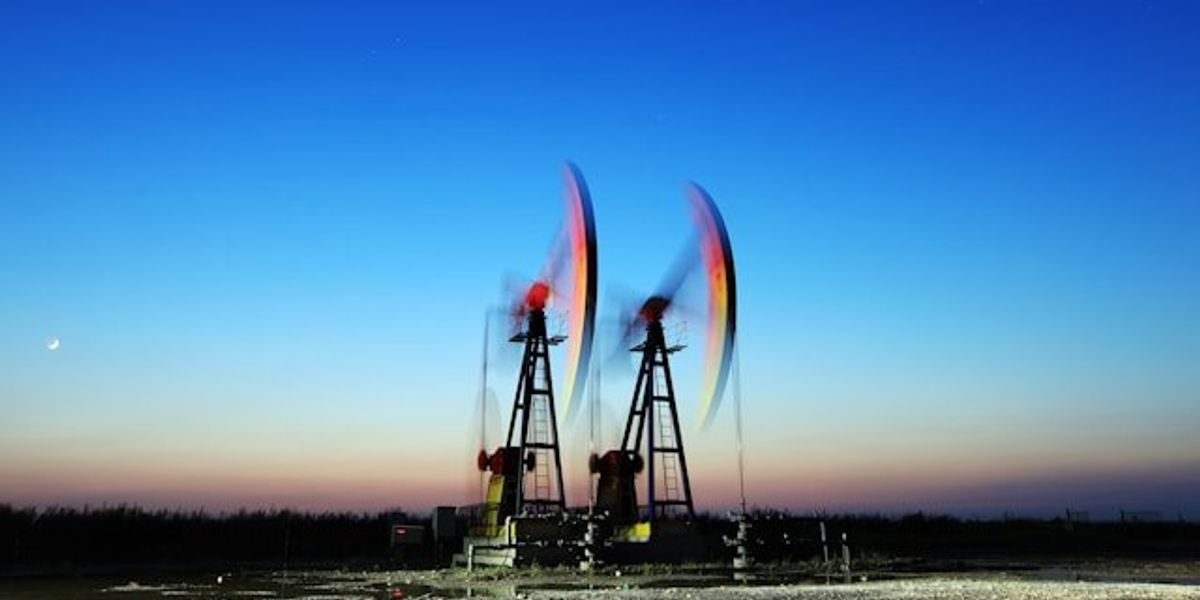nox
EU updates air pollution limits, yet falls short of optimal health standards
The European Union has revised its air pollution regulations, setting stricter limits on harmful pollutants, although these new standards still don't meet the World Health Organization's recommended levels.
In short:
- The EU has lowered annual limits for PM2.5 and nitrogen dioxide, aiming to significantly reduce air pollution's health risks.
- Despite these changes, the set targets remain double what the WHO advises for safe air quality levels.
- Loopholes within the legislation may allow member states to postpone compliance with these new standards for up to 10 years.
Key quote:
"Air pollution is still the number one environmental health problem in the EU. The good news is that clean air policy works, and our air quality is improving."
— Virginijus Sinkevičius, EU Environment commissioner.
Why this matters:
This update signifies a significant step towards cleaner air in Europe, potentially reducing premature deaths and economic burdens caused by pollution-related health issues. However, ongoing research continues to add to growing evidence that current air pollution laws are inadequate.
Air pollution's destructive impact on moth pollination
Car exhaust byproducts are disrupting moth pollination by degrading the floral scents essential for attracting these nocturnal pollinators, according to a new study published in the journal Science.
In short:
- Air pollution, particularly ozone and nitrate radicals from car exhaust, impairs moths' ability to locate evening primrose flowers by altering the flowers' scent.
- This reduction in pollination could significantly affect the reproduction of plants reliant on nocturnal pollinators, with broader implications for ecosystems and human food security.
- Despite the challenge, reductions in these pollutants since the 1980s show potential for improvement through further environmental protections and shifts to greener energy sources.
Key quote:
"Pollinators play a huge role in community ecology; they’re critical for the fitness of plants. If you affect that, then you’re going to have ecosystem-wide impacts."
— Jeff Riffell, co-senior study author and a biology professor at the University of Washington
Why this matters:
This research points to the complex ways in which pollution interferes with essential biological communications and the broader ecological balance.
London Ulez averts more air pollution than that caused by capital’s airports, report shows
Air quality improvements 2019-2022 from lowering vehicle emissions came even before scheme’s expansion to whole of city.
A court struck down gas bans, so Seattle and other cities are getting creative
EPA's smog control rule works, but legal hurdles persist
Nitrogen oxide emissions were reduced 18% in 10 states under the U.S. Environmental Protection Agency's recently enacted "Good Neighbor" rule but legal challenges hinder the rule's broader impact.
In short:
- Nitrogen oxide pollution from coal-fired power plants can migrate to neighboring states and form ozone, the main ingredient in smog.
- Early data affirms that the rule, where implemented, lowers smog levels and improves public health.
- Fossil fuel interests have filed petitions in 12 states to halt the rule, delaying relief for vulnerable communities.
Why this matters:
Air quality improvements are crucial for public health, especially in vulnerable communities adjacent to or within industrial areas. Fossil fuel interests often fight pollution-reducing measures, but some communities are fighting back.


















